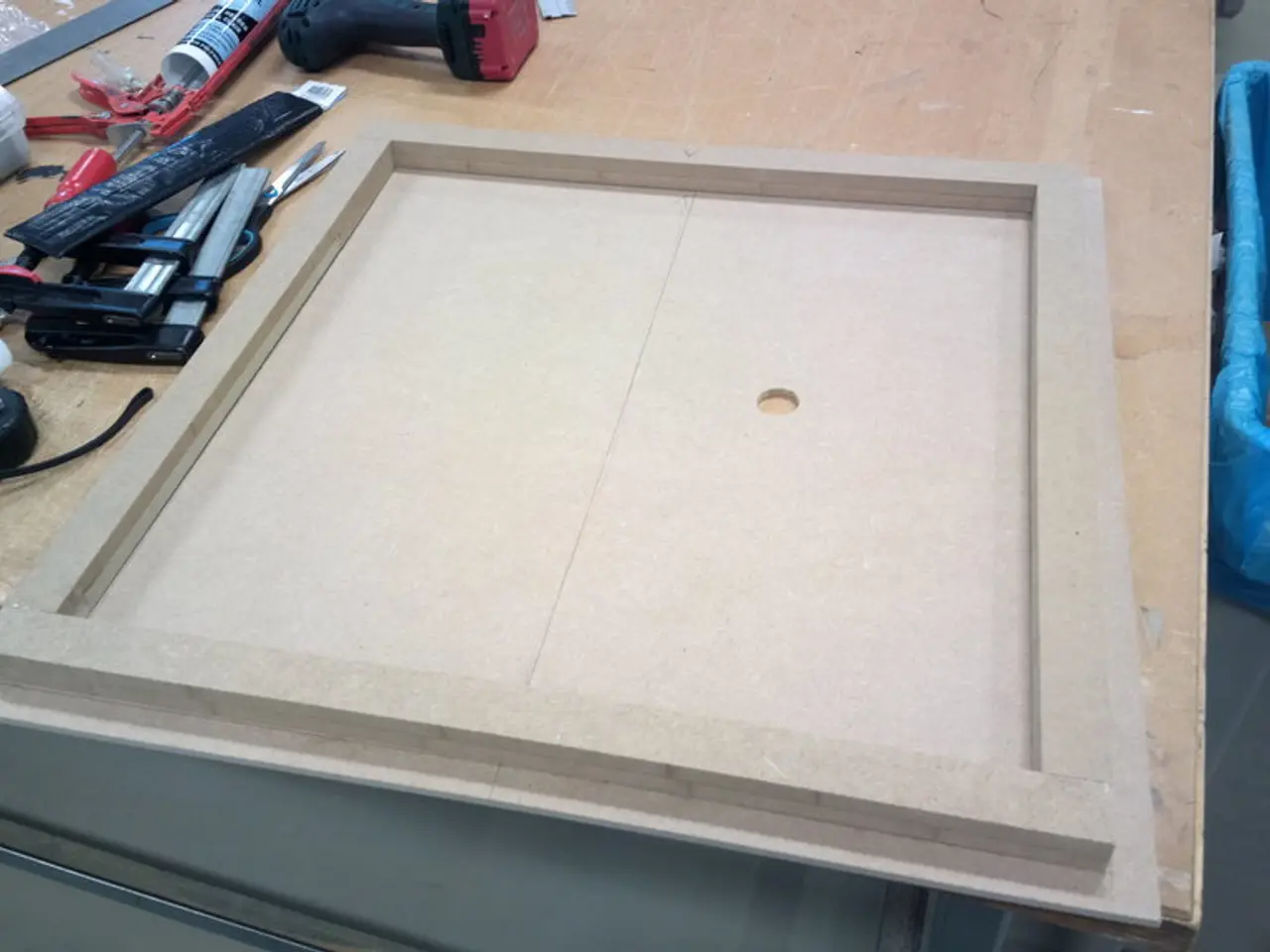Characteristics for Identifying Fake Electronic Components
In today's interconnected world, the risk of counterfeit electronic components entering various industries, such as aerospace, medical, defense, and consumer electronics, is a significant concern. To combat this issue, it's essential to implement best practices for both avoiding and identifying counterfeit components.
## Best Practices for Avoiding Counterfeit Components
1. Source from Authorized Distributors: Purchasing components from the manufacturer's authorized distributors or directly from the manufacturer reduces the risk of counterfeit parts entering the supply chain.
2. Inspect Packaging and Documentation: Thoroughly examine packaging for signs of tampering or inconsistencies, and verify documentation such as data sheets and certificates of authenticity to ensure they match the manufacturer's specifications.
3. Use Blockchain Technology: Implementing blockchain for supply chain transparency allows tracking of components from production to delivery, making it difficult for counterfeit products to enter the supply chain undetected.
4. Implement AI-Powered Detection: Utilize AI-powered tools to analyze data and identify patterns that may indicate counterfeit activity, including monitoring online marketplaces for suspicious listings.
5. Conduct Regular Audits and Testing: Regularly inspect and test components to identify any that are counterfeit, including visual inspections and functional testing.
## Practices for Identifying Counterfeit Components
1. Visual Inspection: Conduct thorough visual inspections of components for inconsistencies in markings, packaging, or other signs of tampering.
2. Use Chemical Tests: Apply solvents like acetone to the component's surface to reveal any hidden markings or blacktopping, which are common in counterfeit components.
3. Verify Date Codes: Check date codes on components to ensure they align with the manufacturer's production batches.
4. Leverage GIDEP Alerts: Use Government Industry Data Exchange Program (GIDEP) alerts to stay informed about known counterfeit parts and their characteristics.
5. Employ Digital Watermarking and Smart Labels: Use technologies like digital watermarking or smart labels to embed unique identifiers in products or packaging, making verification easier.
By implementing these strategies, industries can significantly reduce the risk of counterfeit components entering their supply chains. It's also crucial to be aware of other signs of counterfeit components, such as poor quality part marking, differences in fonts, irregular alignments, and variable sizes. Additionally, comparing the top and bottom surface texture of a component can help identify if it has been compromised, and the texture of counterfeit components is often rough and inconsistent compared to genuine components.
In conclusion, vigilance and proactive measures are key to combating the issue of counterfeit electronic components. By sourcing components from authorized distributors, inspecting packaging and documentation, using blockchain technology, implementing AI-powered detection, conducting regular audits and testing, and employing various identification techniques, industries can ensure the integrity of their supply chains and protect their products and consumers.
Collaborating with authorized distributors and implementing measures such as blockchain technology, AI-powered detection, and regular audits and testing can not only aid in the avoidance of counterfeit components but also contribute to their identification. Additionally, utilizing visual inspection, chemical tests, and digital watermarking or smart labels can assist in confirming the authenticity of components in the manufacturing industry. Consequently, financial losses due to counterfeit products and harm to the industry's reputation can be minimized.




